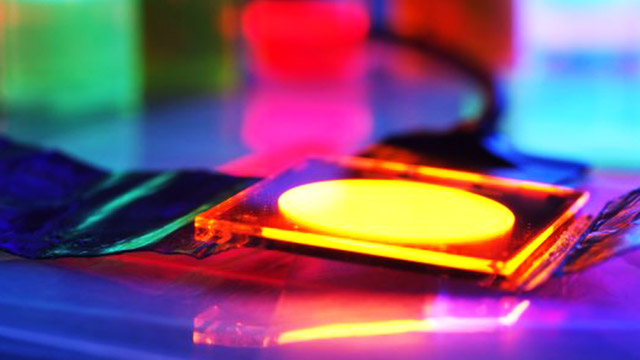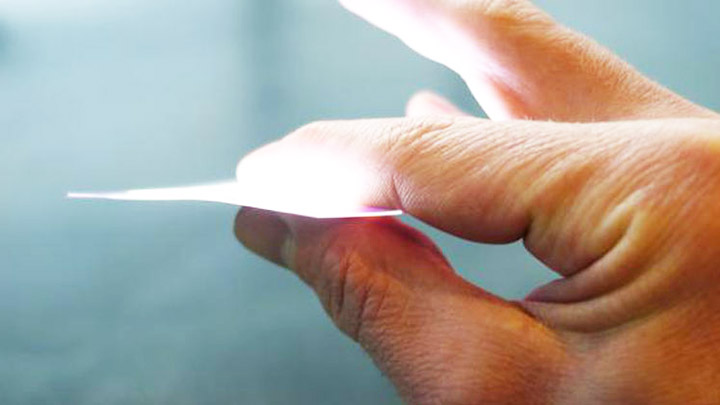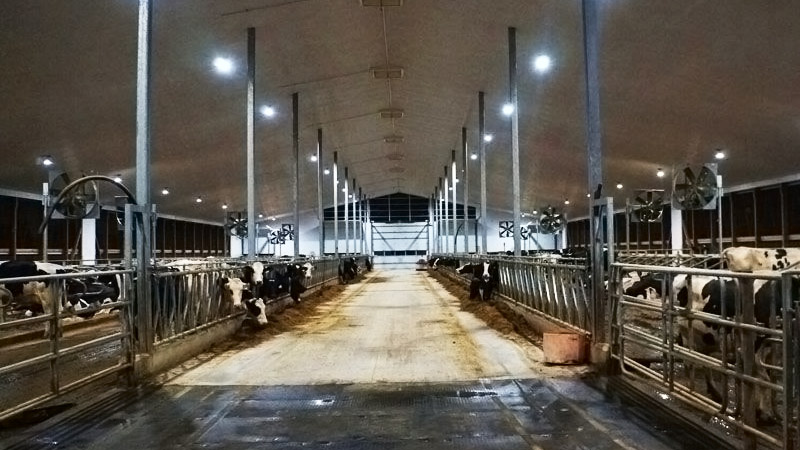Super Yellow Blends Boost Light Efficiency of PLEDs
Scientists at the University of Cambridge’s Cavendish Laboratory have blended two polymers to create ultrahigh efficiency, low voltage polymer light emitting diodes (PLEDs) to maximize light output from the devices. According to a research study published in the journal Applied Materials Today a blend of two polymers can be used to boost the efficiency of LEDs.

Scientists at the University of Cambridge’s Cavendish Laboratory have blended two polymers to create ultrahigh efficiency, low voltage polymer light emitting diodes (PLEDs) to maximize light output from the devices. According to a research study published in the journal Applied Materials Today a blend of two polymers can be used to boost the efficiency of LEDs.
Richard Friend of the Cavendish Laboratory, at the University of Cambridge and colleagues, have blended poly (9,9-dioctylfluorene) (F8) and a poly (para-phenylenevinylene) (PPV) copolymer known as Super Yellow (SY) and used cesium carbonate in the LED’s negative electrode to minimize quenching and give them ultrahigh efficiency devices.
Balancing the charges in the emissive layer of a polymer light emitting diode (PLED) maximizes light output from the device, the researchers report.
Many teams have attempted to achieve perfect charge balance by introducing hole transport layers, that carry the opposite of electrons, positive holes, using electron injection layers and tuning polymer blends to improve energy transfer. There is always a trade-off between electronic and optical properties. Friend and his colleagues hoped that PLEDs with ultrahigh luminous efficiency, low operating voltage and reasonably large current density should be possible.
By blending the right polymers at the right levels (in this case 9 parts F8 to 1 part SY), the team has now been able to manipulate how well holes can move, hole-mobility, by exploiting the difference in energy levels, the molecular orbitals, of the polymers. Additionally, the team swapped the conventional calcium-aluminum negative electrode, cathode, system for one containing a thin layer of cesium carbonate. The layer allows electrons to be efficiently injected into the LED in order to stimulate light emission.
The team reports an ultrahigh efficiency in their device of approximately 27 candelas per amp. In comparison a device based only on SY rather than the polymer blend lights up to only about 12.5 cd/A. The excellent performance for the blended device, the team suggests, arises because of the intrinsic hole trapping nature of the blend system, which they explain is further enhanced by accomplishing a perfect charge balance via efficient electron injection.
“The next step could be further optimization of the performance by varying the thickness of the emissive layer and calcium carbonate.” explained team member Muhammad Umair Hassan.
ScienceDaily






